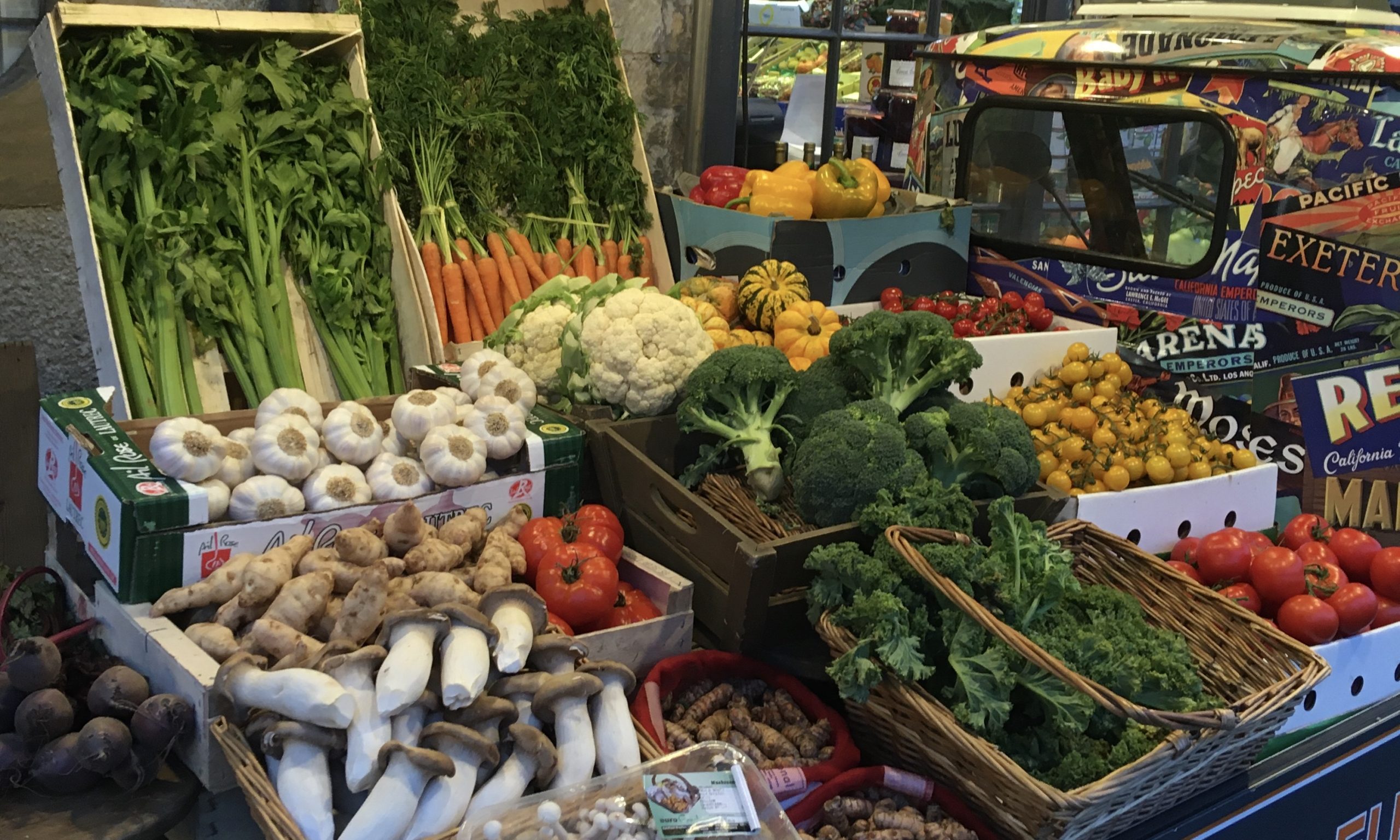How to get the most out of your cookbooks and make them work for you!
Have you ever brought a cookbook, flicked through the tempting images, and popped it on the shelf to gather dust? Or perhaps you love scouring recipes on the weekend, sticking in colourful post it notes with the best intention to cook the recipe and then popping it back on the shelf to gather dust
once again?
I’ve been speaking to a few clients recently in Coaching sessions about how to get the most out of a cookery book and really make it work for you. Here are my top tips which I’d like to share as you can learn so much from them (just like I did!).
1. Make sure that the cookbook writer fits your cooking type. Just like getting together on a date, you’ve got to match your cookbook author otherwise there will simply be no chemistry there! You’ll think differently, work differently, organise differently – better to have a match made from heaven right from the start. For example, if you are a methodical, meticulous person with a high blue energy then there’s no point reaching for a Jamie Oliver cookbook. You’ll only get frustrated with his haphazard measuring and question how much exactly is a ‘drizzle’ or a ‘dollop’. Instead chose someone who writes meticulously and methodically too such as Delia Smith.
The perfect date cookbook for your cooking type will be:
Blue – Methodical, logical, precise – Delia Smith
Green – People pleaser, comfort feeder, trusted recipes – Mary Berry
Yellow – Spontaneous, creative, flexible – Jamie Oliver
Red – Task orientated, efficient, passionate – Paul Hollywood
2. When you buy a cookbook, BEFORE reading the recipes, read the INTRODUCTION. This is where the true value lies. Cookery writers and chefs are passionate about sharing their knowledge with you. The introduction and chapter introductions are where I have learnt so many tips
and tricks. Be a sponge, absorb their knowledge, understand the how’s and why’s. This is essential reading not to be missed.
3. Have a look at how many the recipe serves before you start cooking. This is key for portion control. If you’d like a portion for lunch or dinner the next day then factor this in as an additional serving. Don’t just hope there will be some left!
4. You can use fractions when multiplying and dividing your quantities. However, use your common sense as well, especially when you are adding ingredients which are acidic (vinegar, lemons, limes, mustard), spicy (chilli, ginger, spice, pepper) or salty (anchovies, capers, olives, sea salt). Instead add them bit by bit and taste as you go to make sure the ingredients sit right rather than be overpowering.
5. Make sure you read the full recipe before you shop. This includes the ingredient list, equipment you need, oven temperatures and timings. There is nothing more frustrating than finding you are missing a vital ingredient, piece of equipment, or hadn’t factored in enough time.
I hope that these tips help you to get the most out of your cookbooks. If you’d like to know more about the in’s and out’s of how to make your kitchen work for you, and what your cooking type might be, contact me for a free initial chat.








